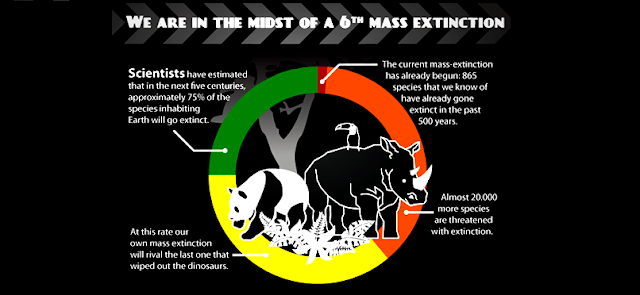Better data needed to stop sixth mass extinction
To prevent a new mass extinction of the world’s animal and plant life, we need to understand the threats to biodiversity, where they occur and how quickly change is happening. For this to happen, we need reliable and accessible data. A new study published in Science today reveals those data are largely missing. We are lacking key information on important threats to biodiversity such as invasive species, logging, bush meat harvesting, and illegal wildlife trade.
Over the past two years a consortium of 18 organizations, including UNEP-WCMC, the International Union for Conservation of Nature, the Luc Hoffmann Institute, a research hub at WWF International, and BirdLife International, compiled available global data on biodiversity threats. They reviewed almost 300 data sets and marked them on five attributes required for conservation assessments. Datasets should be freely available, up to date, repeated, at appropriate spatial resolution, and validated for accuracy. Only 5% of the datasets satisfied all attributes.
“We were surprised that so few datasets met all of the five attributes we believe are required for ‘gold standard’ of data,” says Lucas Joppa who leads environmental research at Microsoft and was lead author on the study. “We live in the age of Big Data, but are effectively flying blind when it comes to understanding what is threatening biodiversity around the world.”
“This analysis can help pioneer a new approach to mapping and measuring the threats facing endangered species and ecosystems,” says Jon Hutton, Director of the Luc Hoffmann Institute. “This is critical if we are to understand why some populations of, for example, tigers or elephants are doing better than others.”
In some cases, the data needed for effective conservation policy already exists but are not accessible due to associated costs, commercial considerations or intellectual property arrangements. “Agreements between conservation organizations and private companies can help address this,” says Brian O’Connor, Programme Officer for UNEP-WCMC’s Science Programme. “For example, an agreement between UNEP-WCMC and IHS Company provides detailed and comprehensive data on oil and gas activity worldwide for use in biodiversity assessments.”
Governments are another valuable future source of information. “Open Government Initiatives such as those in the UK and US have made more than 200,000 datasets freely available, including several that are relevant to environmental conservation,” says Piero Visconti, Postdoctoral Scientist at UNEP-WCMC. “We encourage more initiatives of this kind.”
This work has already started to have an impact on conservation. “We are working with TRAFFIC and UNEP to analyse legal and illegal wildlife trade to address one of the critical knowledge gaps we identified in this study,” concludes Neil Burgess, Head of Science at UNEP-WCMC.
The authors of the study stress that filling these data gaps need not start from scratch. Several existing datasets, such as those dealing with invasive species on islands around the world, can be scaled up if appropriately resourced.
The above post is reprinted from materials provided by World Wildlife Fund.
